Table of Contents
Gibberellins:
The term Gibberellin was given by Yabuta, 1935.
They are weakly acidic plant growth hormones that possess gibbane ring structure and are able to bring about cell elongation of both leaves and stems in general and internodal length of genetically dwarf plants in particular like corn, pea, etc.
The gibberellins were by chance discovered in Japan in 1926 by Kurosawa. Japanese farmers had noted that some rice plants grow taller, thinner, and pale than the normal one and toppled over before the formation of seeds. As a result of this problem, the crop yield was reduced. This condition was named as Bakane disease (foolish disease). Kurosawa discovered that these diseased plants were infected by a fungus Gibberella fujikuroi. This fungus is the perfect stage of the fungus known as Fusarium moniliforme. It has been observed that this fungus produces gibberellic acid (GA) or gibberellin A3 (GA3) which was responsible for causing the disease. At present more than 100 different types of gibberellins have been identified. They are produced naturally, inside the plant body in parts like embryo, roots, young leaves, and shoot tips. The empirical formula of GA3 is C19H22O6.
Functions of Gibberellins in the plant body:
- Gibberellins help to increase the height of stem and expansion of leaves.
- Gibberellins can convert a genetically dwarf plant into a phenotypically tall plant. But their genotypes remain unchanged. The application of Gibberellins to normal-sized plants does not cause any effect.
- Gibberellins are known to cause bolting in the rosette plant. These are those plants which have small stems and the internodal distance is very less. As a result, the leaves produced from the nodes remain overcrowded for example– Cabbage. The warm nights help in the formation of rosette habit. But during cold nights and long days, the small stem grows out into a tall one due to the increase in internodal distance. This phenomenon is known as bolting. The application of gibberellins can induce bolting even during warm nights. Under natural conditions, the bolting normally takes place when the plant has to enter into the reproductive phase.
- Gibberellins along with auxins control fruit growth and development.
- It stimulates the development of seedless or parthenocarpic fruits.
- Gibberellins are used to increase the fruit size and bunch length in grapes.
- Gibberellins promote flowering in some long day plants even under short-day conditions.
- Gibberellins also control the sex expression in flower example– they promote the formation of male flowers in Cucurbits and Cannabis.
- In some plants, the requirement for vernalization is overcome by Gibberellins.
- In some plants, geotropic and phototropic responses shown by shoot tips are due to gibberellins. Example– Sunflower.
Role of Gibberellins in Seed Germination:
Gibberellins play an important role in the process of seed germination. Many seeds contain large amounts of gibberellins. These gibberellins in the seeds help in the formation of digestive enzymes. Example– amylase, protease, and lipases. With the help of these enzymes, the stored nutrients in the seed are digested so that embryo can use them in the germination process.
Gibberellins also break the seed dormancy and bud dormancy and help in the process of seed germination. The seed and bud dormancy is caused by another hormone Abscisic acid (ABA). Therefore, gibberellins are antagonistic to ABA. Some seeds require light for germination example– lettuce and barley, etc. Such seeds can be made to germinate even in dark by treatment with gibberellins. Therefore, the gibberellins, break the seed dormancy in light-sensitive plants.
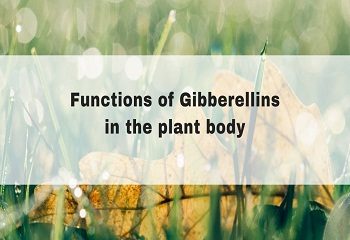
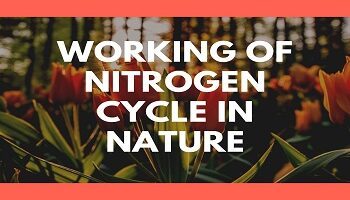

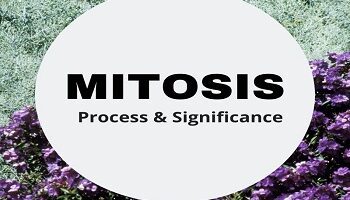
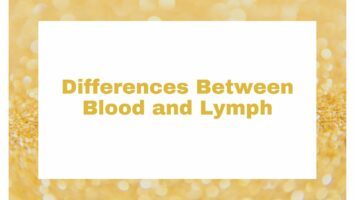



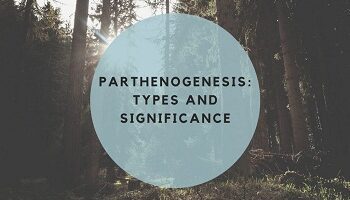
Comments (No)